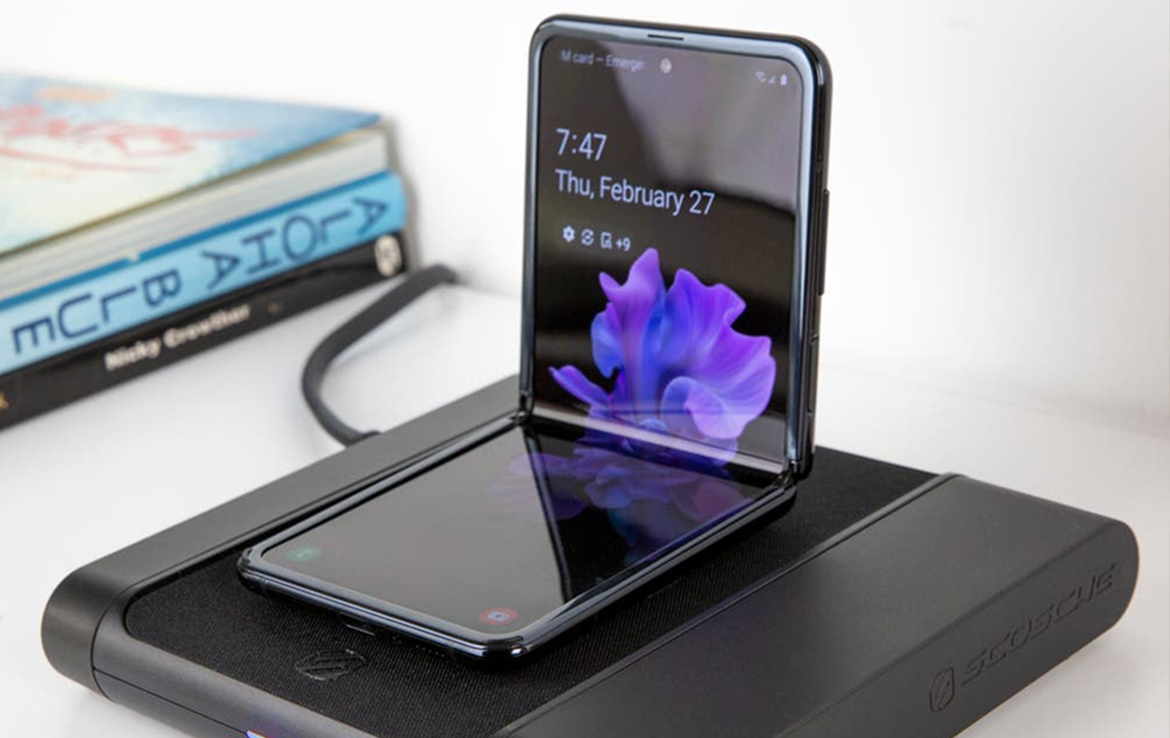Wireless charging has become a popular choice for powering smartphones and other devices. The convenience of simply placing your device on a pad to charge eliminates the need for fiddling with cables. But with this new technology comes a natural question: Are wireless chargers safe?
The answer, like most things in tech, is nuanced. Generally, wireless chargers are safe when used correctly, especially those certified by reputable organizations. However, understanding how they work and potential risks can help you make informed decisions.
How Wireless Charging Works:
Wireless chargers utilize a technology called inductive charging. Here's a breakdown:
- The Transmitter Coil: The charging pad contains a coil of wire that generates a magnetic field when plugged into a power source.
- The Receiver Coil: Your smartphone or other device has a built-in receiver coil.
- Energy Transfer: When the two coils are aligned closely, the magnetic field from the transmitter coil induces an electric current in the receiver coil, charging your device's battery.
Safety Measures in Wireless Chargers:
Most reputable wireless chargers incorporate safety features to minimize risks:
- Foreign Object Detection (FOD): This feature prevents the charger from activating if it detects metal objects like keys or coins on the pad. These objects can overheat and potentially damage the charger or nearby devices.
- Overheating Protection: Wireless chargers are designed to monitor temperature and shut down if they overheat, preventing damage to the charger and your device.
- Overcharge Protection: Just like wired chargers, most wireless chargers stop supplying power once your device reaches full charge, preventing battery strain.
Are There Any Risks?
While generally safe, there are a few potential downsides to consider:
- Heat Generation: The wireless charging process does generate some heat. While modern chargers are designed to manage this effectively, using a low-quality charger or placing your device in a non-ventilated area could lead to overheating issues.
- Slower Charging: Wireless charging tends to be slower than wired charging, especially for fast-charging capable devices.
- Compatibility: Not all devices support wireless charging. Ensure your device has a built-in receiver coil before investing in a wireless charger.
Magnetic Wireless Power Banks: A Safe and Convenient Option
Magnetic wireless power banks offer an extra layer of convenience by magnetically attaching to your device for on-the-go charging. These power banks utilize the same safe wireless charging principles with the added benefit of a secure connection. Look for magnetic power banks with the same safety features mentioned earlier for optimal performance and peace of mind.
Tips for Safe Wireless Charging:
- Use Certified Chargers: Opt for wireless chargers that are Qi-certified (the most common wireless charging standard) or certified by reputable brands.
- Keep it Cool: Avoid using your wireless charger in hot environments or on flammable surfaces.
- Remove Your Case: Some bulky phone cases can interfere with charging efficiency and potentially trap heat. Consider removing your case while charging wirelessly.
- Monitor Your Device: While rare, some users report issues with wireless charging affecting battery health. Keep an eye on your battery life and charging habits.
Conclusion:
Wireless chargers are a safe and convenient way to power your devices when used correctly. By understanding the technology, potential risks, and choosing reputable brands, you can enjoy the benefits of wireless charging with confidence. For added convenience and secure on-the-go charging, consider a magnetic wireless power bank. Remember, prioritize certified products and safe charging practices to keep your devices and yourself protected.

Comments
Post a Comment